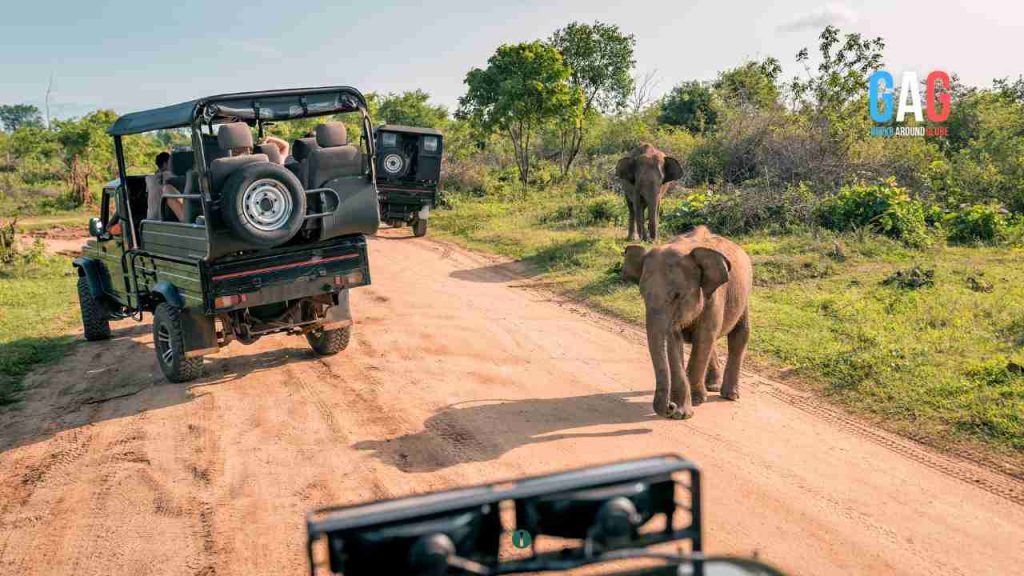Green Adventure Fun: How To Create Nature Treasure Hunts with Egg Cartons

Nature treasure hunts are a fantastic way for you and your children to explore the outdoors while sparking their interest in the natural world. Using simple everyday items like egg cartons, you can easily plan an exciting adventure in your neighborhood park or nearby woods.
The hunt will keep kids engaged as they search for clues among the trees and discover new sights, sounds and textures around them. Read on to discover how to turn egg cartons into an exciting tool for nature treasure hunts.

1. Getting Egg Cartons
The best places to source egg cartons for your nature hunts are from other homes, as many people will save and donate their used cartons. It would be best to ask friends, neighbors, and family members to collect empties for you.
Local grocery stores are also a great option, as many will hold onto discarded cartons if you explain what they’re needed for. You can check with community fridges, food banks or meal programs, which often have extras people donate. Moreover, you can buy from many suppliers whole sell egg cartons.
It’s a good idea to bring a bag each time you shop and collect any empties left in carts by the eggs. Once gathered, rinse and dry the cartons at home before using them to remove any residue. Soon, you’ll build a nice stockpile for creative outdoor adventures with your kids.
2. Planning The Perfect Route
When planning your nature treasure hunt route, you’ll want to choose a location with varied environments so kids can explore different areas. A large community park or section of wooded trails works well. Spend time scouting the route first to identify good hiding spots for clues.
Make a detailed map noting landmarks, potential hazards, and multiple paths. This will help you lay out a logical progression of clues and ensure the kids stay safe. Be sure to plan an accessible route that won’t be too difficult or long for young legs.

3. Preparing The Creative Clues
With your route mapped out, it’s time to transform plain old egg cartons into treasure hunt clues. Cut or tear each egg space off the carton to become separate containers.
Write a rhyming riddle or clue pointing the way to the following location on each one. Keep clues simple enough for kids to solve independently but challenging enough to engage their problem-solving skills.
Consider hiding small treats, stickers or other trinkets in some cartons as a reward for finding them. This will motivate kids to keep searching.
4. Setting The Stage For Discovery
Now, the fun part begins – setting out the trail of clues along your planned route. Conceal each egg carton clue somewhere it will be found but also provide a bit of a challenge, like under leaves, behind trees or partially buried.
Space them according to your map appropriately so the progression makes logical sense. Leave the final empty carton waiting at the endpoint to signal it’s time to return home. Double-check your work so no clues get missed or mixed up.

5. Embarking On The Adventure
Gather the eager explorers and explain the basic rules – stay together, be careful, listen for instructions and most of all, have fun discovering new things.
Hand out the first clue to get them started on the trail. Then, let them search independently while you follow from a short distance to supervise. Encourage kids as they find each new clue and watch the smiles grow bigger with each discovery.
6. Observing The Surrounding World
As kids go along the route, they’ll explore many natural environments. In fields, have them try to identify plants and insects buzzing about.
Look closely at tree bark textures in forests and listen to birds singing. Near streams, see who can find the most types of rocks or spot aquatic life. Ask open-ended questions to spark their natural curiosity at each new location. Finding clues keeps the adventure engaging while allowing kids to observe the world around them.

7. Working As A Cohesive Team
Some hiding spots may prove more challenging than others, providing a fun obstacle to overcome. This is where teamwork comes in. Kids can help each other search high and low or take turns finding clues. Praise their cooperation and willingness to assist friends.
Cooperating with others is such an essential social skill, especially when exploring the outdoors. Their teamwork will make the experience more enjoyable for all.
8. Returning Home with New Memories
After finding the final empty carton, kids will know it’s time to head back the way they came. Please encourage them to pay attention to anything new spotted on the return trip now that they’re familiar with the area.
When you arrive home, celebrate a job well done with a healthy snack packed with energy for the rest of the day. Look through any treasures collected and reminisce about favorite discoveries, plants or animals seen. The memories made will last far beyond one adventure!

9. Making It An Ongoing Activity
You don’t have to do nature scavenger hunts just once – you can turn them into a regular weekly or monthly outing that kids look forward to.
Consider hiding new carton clues in different areas each time so the kids are exploring new sections of your yard or park. Changing the items on their checklist, questions asked, or explored locations keeps it engaging.
You may have the kids start a nature journal to record their findings with drawings, pressed samples, and written observations over time. This allows them to notice seasonal changes and gain a deeper understanding of the interconnected web of life.
Nurturing their sense of wonder in this way helps foster a lifelong appreciation of the natural world.

Conclusion
A nature treasure hunt using simple egg carton clues is a creative way to introduce kids to the wonders found in their neighborhood’s natural areas.
With some planning and your child’s imagination, you can turn an ordinary outing into a memorable experience that sparks their interest in the living, breathing world outside. Most importantly, it’s quality time spent together as a family enjoying nature’s free splendors.



